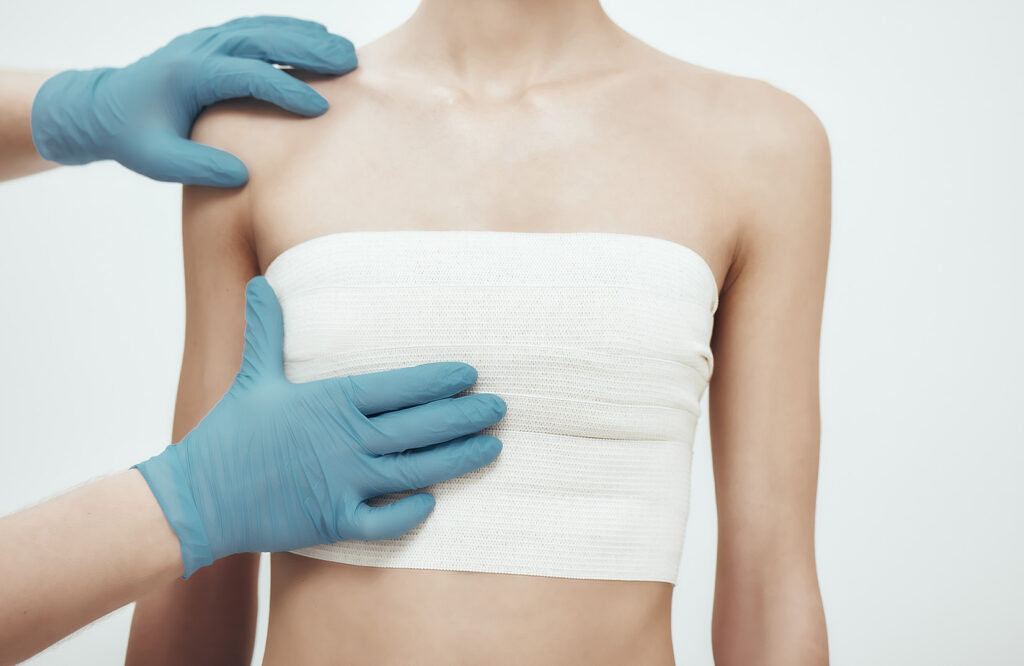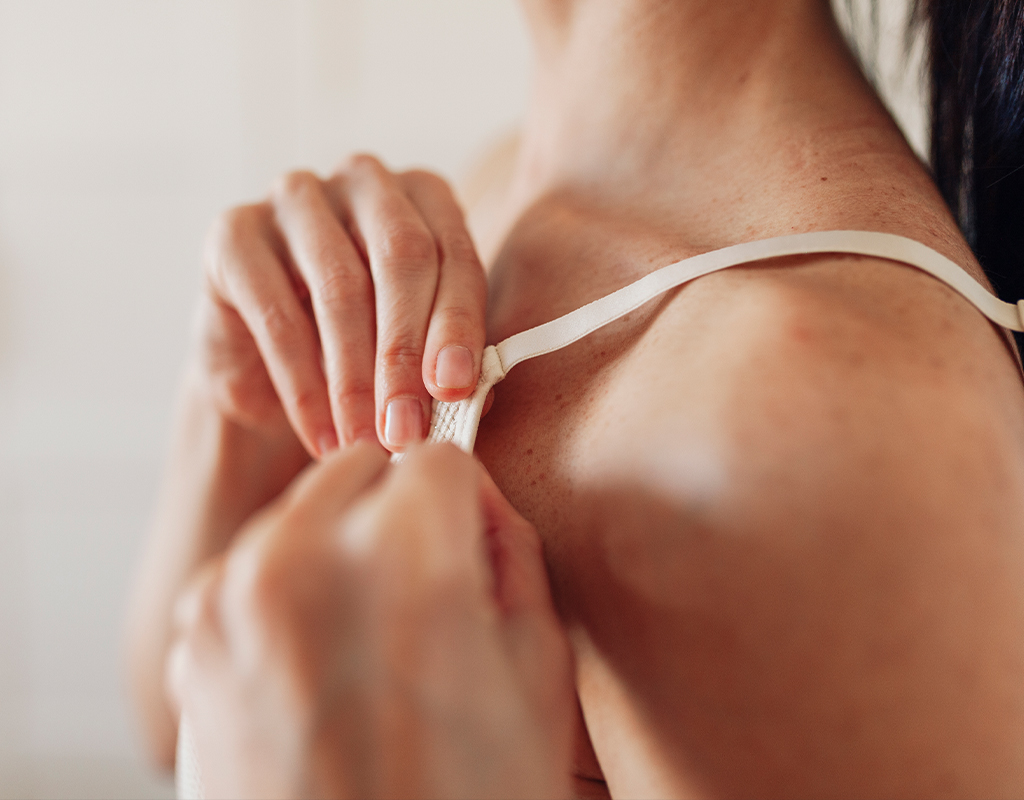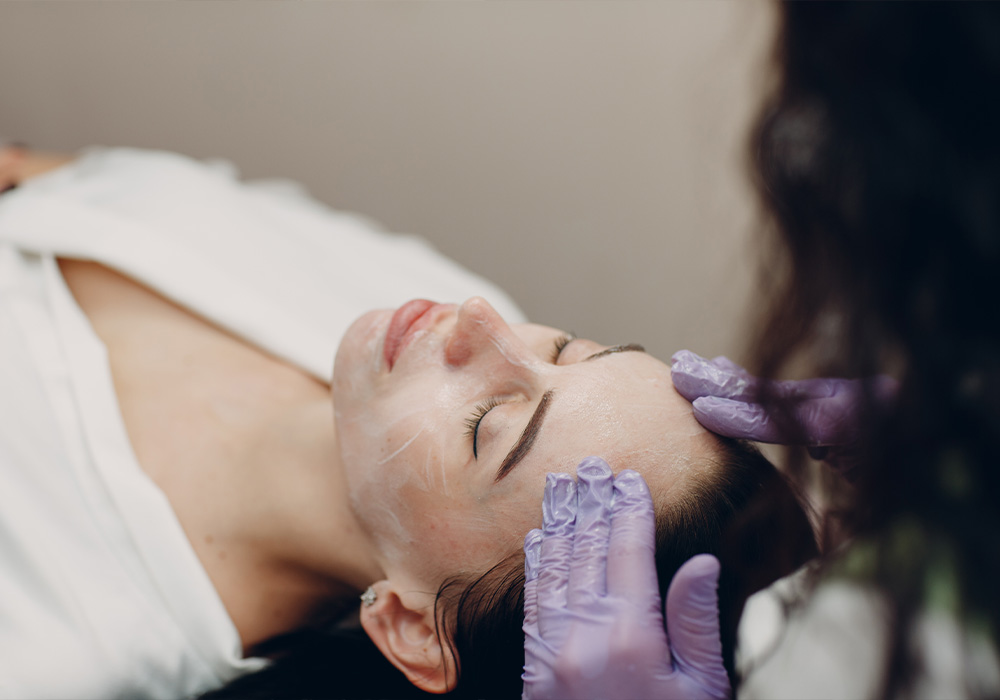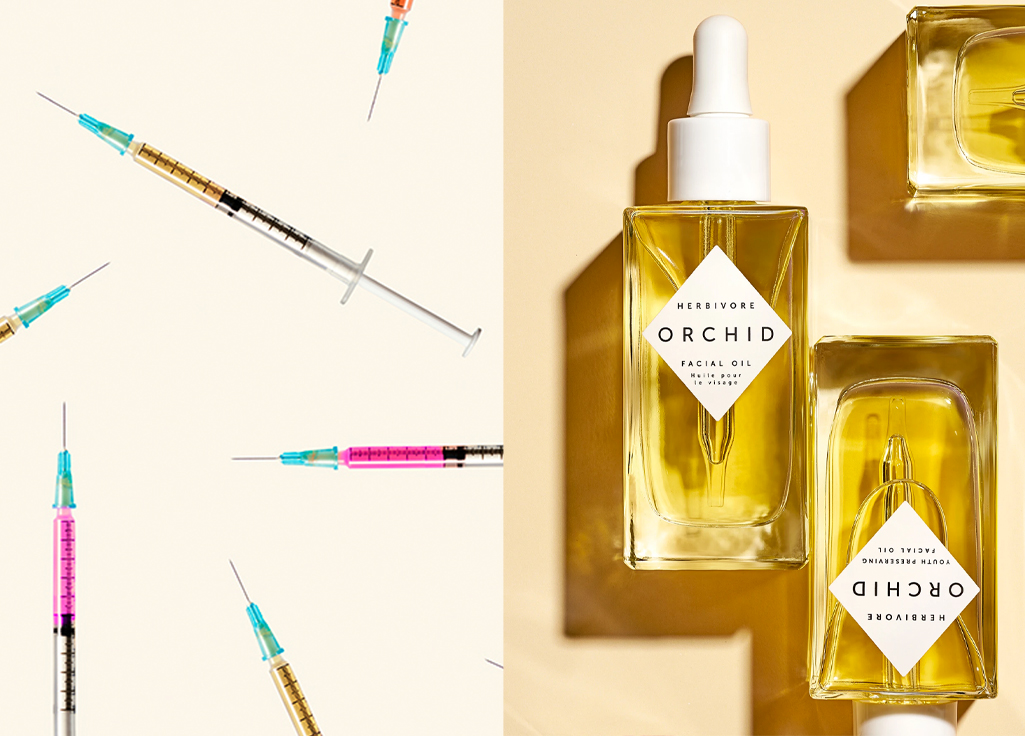Undergoing a breast lift, or mastopexy, can rejuvenate the breasts and restore their youthful appearance. However, one concern that patients often have is the development of scars around the areola. We reached out to experienced plastic surgeons to gain insights into how scarring occurs, what patients can do at home, and the range of in-office treatments available to address this concern.
Understanding the Nature of Areolar Skin
“The areolas, or the skin around the nipple, is darker than the rest of the breast skin. The positioning of the areolar skin on the breast can also contribute to the perception of symmetry between two sides. Functionally, the nipple and areola have contractile tissue that responds to different external stimuli like touch and temperature. This can cause them to change shape and texture. They also have a higher density of nerve endings due to this, and can be much more sensitive than the surrounding skin,” explains Pittsburgh plastic surgeons Leo R. McCafferty, MD .
Home Treatments for Scar Healing
“Good surgical technique can help scars heal seamlessly. Controlling tension with wound closure is paramount. Often, scars look worse before they look better. Visible scars around the areola after a mastopexy should be expected, and time should be given for scars to improve,” advises Pittsburgh plastic surgeon Justin K. Williams, MD.
To aid in scar healing, Dr. Williams adds, “Early on in scar formation, scar massage, and use of silicone-based scar therapy can be helpful. These do not cause an immediate improvement, but can aid in gradual softening of the scar. I recommend it in every patient.”
In-Office Solutions
“Topical-based treatments are based on silicone as this is the proven ingredient that helps with the improvement in the appearance of scars,” says Miami plastic surgeon Sean Simon, MD. “This can be in an ointment form or silicone tapes. I prefer the ointment as it can be applied as needed and it is easier to use versus the tape which falls off, is very expensive, and loses its stickiness readily.”
For more complex cases, Dr. Simon suggests “Kenalog (injectable steroid) used to break down excessive scar tissue such as seen in keloids or hypertrophic scars. Typically, in my practice, this is used as a preparation for a scar revision. When used to soften a thickened scar prior to a revision, the chances of another very thick scar developing are diminished.”
Laser Treatments
“As a rule, healing of scars is better in and around the areola than skin of the breast if properly repaired,” notes New York plastic surgeon Mokhtar Asaadi, MD. He recommends “massaging the scar with silicone gel and laser treatment for patients with lighter skin tones.”
Dr. Asaadi also highlights the use of lasers for specific situations, stating, “Other cases, such as on an older, mature scar, I will often utilize an ablative laser such as a fractional CO2 to treat and improve scars.”
Sometimes a combination of home treatments and various in-office procedures is needed, but as the experts noted, early intervention can improve scar appearance. Consulting an experienced plastic surgeon is crucial for personalized treatment plan for post-breast lift scars.

















